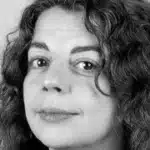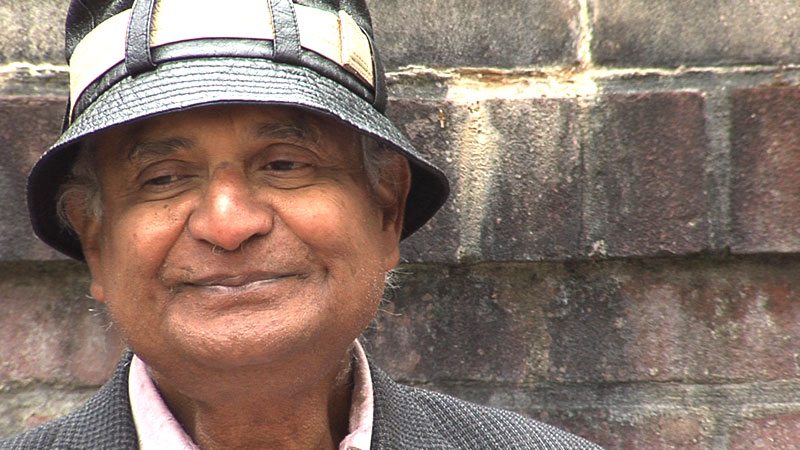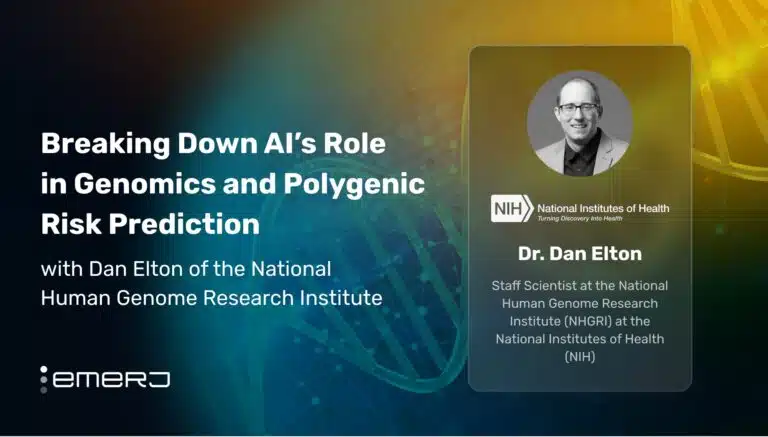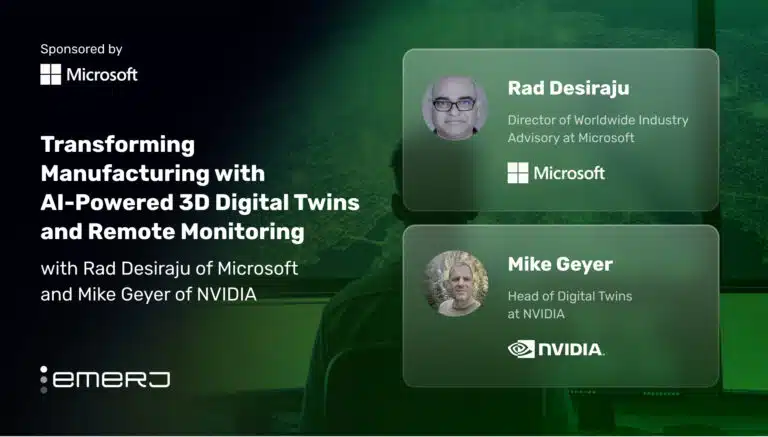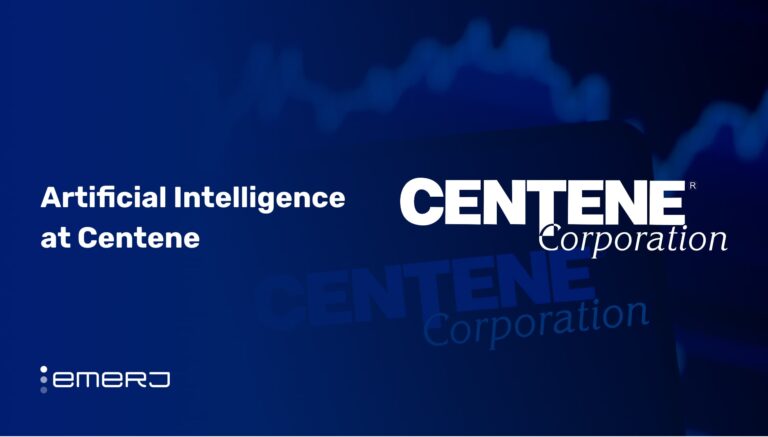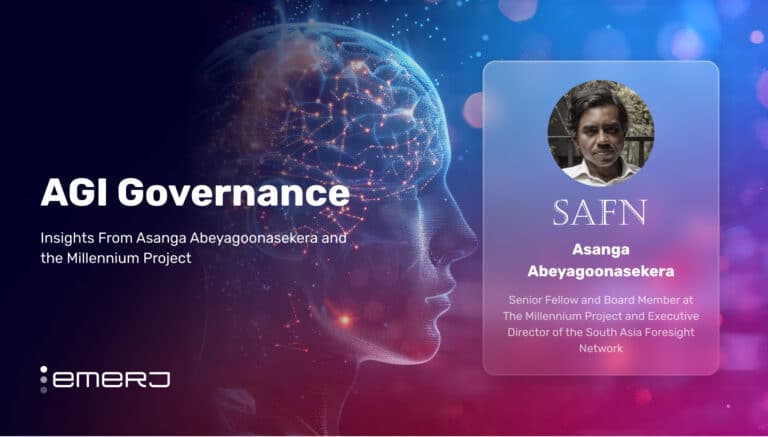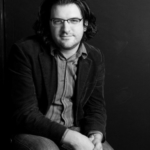What do you get when you merge theories of consciousness with quantum theory? The answer is Dr. Amit Goswami’s unique paradigm of science called “science within consciousness.” Amit Goswami is a former professor of theoretical nuclear physics at the University of Oregon where he served since 1968. He is also the author numerous books including The Self-Aware Universe, Physics Of The Soul and The Quantum Doctor.
Goswami points out that there are a number of different perspectives on consciousness and that while people in general often understand consciousness as having a non-material nature, people within academia are often more inclined toward a material view of the word, which makes a theory of consciousness more of a challenge. Material models are reductive, based on the premise that the world is full of objects and that macro objects can be broken down into micro objects, and this creates a problem when it comes to accounting for consciousness.
“A human being has a brain with a huge neuro cortex, which to the great consternation of the materialist, has an exterior self being a subject, and is looking at objects from that subject. This is the problem because when you look at it, objects can only give you objects, never the experience of a separate subject,” explains Goswami.
Another problem stemming from the viewpoint of scientific materialism is what’s known as the paradox of quantum measurement, which begs the question, how can quantum possibility waves become actual particles in the presence of an observer? Goswami believes he found a solution to this paradox in 1985. He resolved it by positing that consciousness, rather than matter, is the ground of all being and that matter itself consists of the possibilities of consciousness. In this case it is conscious choice, which has causal power and results in the shift from possibility to actuality.
This type of quantum thinking opens many possibilities for a new understanding of creativity. In this sense, creativity is the act of making a new choice within the quantum possibility of meaning. According to quantum physics, before you make a choice, waves of possibilities of meaning are forming in consciousness but they are not separate from it. Goswami calls this “unconscious processing.” The split between the unconscious and the conscious arises when you make a choice and your consciousness separates from the possibilities you are processing, thus creating a split between the subject and the objects you experience.
For Goswami, the metaphor of the brain as a computer is another inadequacy of scientific materialism, because although matter is very good for processing information, and we can inject our meaning into it, but if the assumption is that we, as human beings, are no different than the material, we run the risk of assuming that computers can also process meaning, warns Goswami.
“Part of the brain is a computer because the brain can make computer representations of our mental needs. And there are parts of the brain that make many separate sensations that we can’t even produce enough of for artificial intelligence today. … But there is also a meaning processor, and that essential processor mind is essential for the correlation of things. This is a quantum idea – that two things can be correlated in such a way that two things can become one system. So we have this system called mind-brain where mind is non-material, but brain in material,” Goswami explains.
In this sense, the brain is certainly more than a computer because by producing a representation or facsimile of consciousness, this is what we understand as our self, or the ‘I.’ The brain also gives us emotions, which are also not computable.
So are there any possible further evolutionary steps for the human brain? Goswami thinks so because he believes that consciousness is much bigger than humanity, therefore the potentiality is huge. Although we have come a long way from primates to humans, he says, we should never think that this is the end of it because we can always imaging a future brain that has the potential to make greater representations in consciousness than ours can today.
Image credit: Quantumactivist.com

